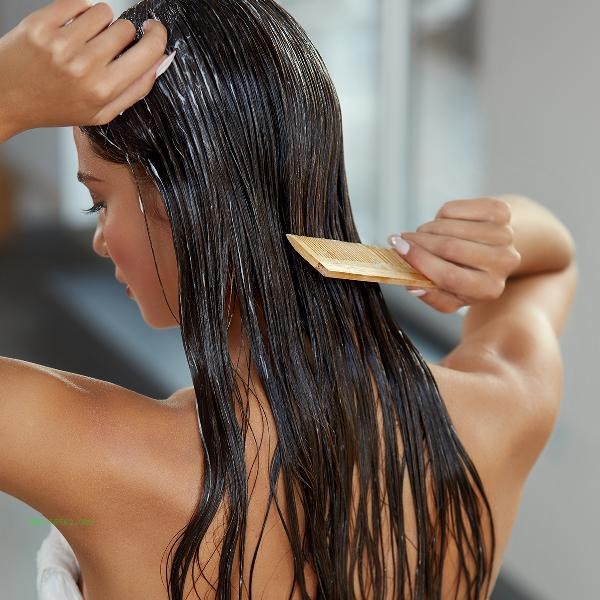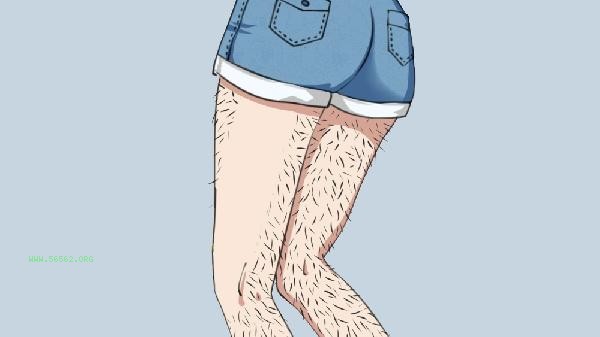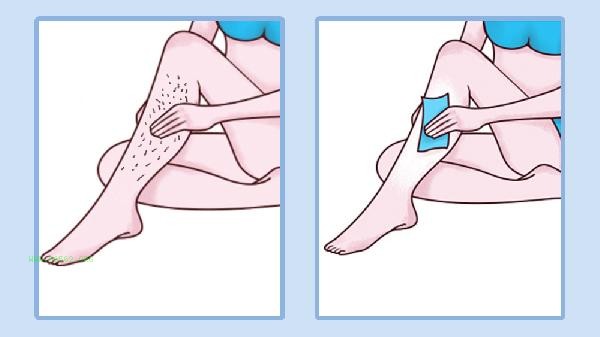Pulling out armpit hair cannot completely eradicate hair, it can only temporarily remove the hair shaft, and hair follicles will still regenerate new hair. The growth of axillary hair is related to factors such as hair follicle activity and hormone levels. Frequent removal may lead to folliculitis or pigmentation.

Pulling armpit hair involves using external force to extract the hair shaft from the hair follicle, but the papilla at the base of the follicle remains intact and still has the ability to regenerate. Usually, hair regrows 2-6 weeks after plucking, and new hair may become thicker and harder due to repeated stimulation. This method is suitable for short-term needs, but may be accompanied by pain, redness, swelling, or keratinization of hair follicles. People with sensitive skin should be cautious when operating. If long-term hair removal is required, medical methods that destroy hair follicles can be chosen. Laser hair removal targets melanin to destroy hair follicle stem cells, requiring multiple treatments to significantly reduce hair density; Electrolytic hair removal directly destroys hair follicles with electroacupuncture, suitable for permanent hair removal on small areas. These methods need to be operated by professional physicians, and postoperative exposure to sunlight and friction should be avoided, and moisturizing repair should be strengthened.

In daily care, it is advisable to avoid using tweezers to completely remove armpit hair. Instead, a razor or hair removal cream can be used to reduce irritation. Apply soothing lotion in time after hair removal, and wear loose clothes to reduce friction. If there is persistent redness, swelling or hair follicle abscess, seek medical treatment. Keeping the armpits clean and dry, and regularly exfoliating can help prevent hair follicle blockage and endogenous hair growth.









Comments (0)
Leave a Comment
No comments yet
Be the first to share your thoughts!